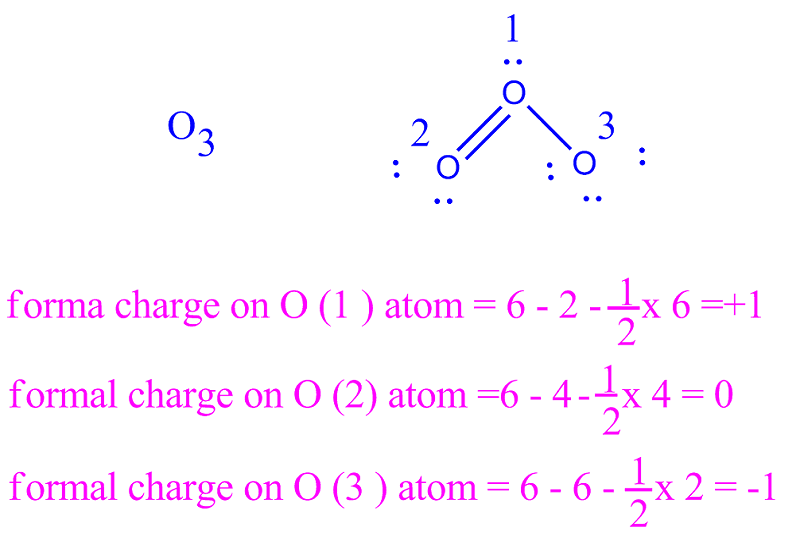

We can use the formula given below to calculate the formal charge values:įormal charge for each Cl atom = 7 – ½*2 – 6 = 0.įormal charge for O atom = 6 – ½*4 – 4 = 0.įormal charge for C atom = 4 – ½*8 – 0 = 0. The formal charge is assigned to an atomic element if we assume that the electrons inside a molecule will be shared equally between the bonded atoms that form a molecular structure.

Step 6: We will now check our next concept: Formal Charge. Carbon, chlorine, and oxygen, the atoms of all the elements, have achieved the required octet configurations. O has a lesser value and we will therefore put two valence electrons from O and place it near Carbon via sharing.Īs we can see, now all the four atoms have eight valence electrons around them. We will now compare the electronegativity values of Cl and O.

It only has six electrons surrounding its atom. But, the central C atom has not attained an octet yet. Here, in the diagram of COCl2, the elements Cl and O have both attained the octet configurations. Octet rule: The elements present in group 1 to group 17 have a tendency to achieve the octet fulfillment state of the outermost shell of the noble gas elements like Ne, Ar, and so on. The first one is the octet fulfillment concept. Step 5: Before we can confirm our Lewis Structure diagram to be the correct one, we have to check two concepts first. We will arrange them according to the bond formation and keeping in mind the total count. Step 4: According to the electron-dot structure concept, valence electrons will be placed around the atoms in the molecule via dot notations. We will place the atoms according to Step 2. Step 3: We will sketch the skeletal diagram of the given molecule. (We will talk about electronegativity in detail in the subsection: Polarity) The chlorine and oxygen atoms will take up the positions of surrounding atoms. Since carbon is the least electronegative among the three elements, we will place it as the central atom for better stability and spread of electron density. Step 2: Now, we will have to find out the element which will take up the position of the central atom.

The total number of valence electrons = 4 + 6 + 7*2 = 10 + 14 = 24. It has 6 valence electrons.Ĭhlorine element has 7 valence electrons since it belongs to group 17.ĬOCl2 molecule consists of one C, one O, and Cl atoms. The element Oxygen belongs to group 16 (or group 6) to the family of chalcogens and has an atomic number of 8. If we look at the periodic table, we can see that C belongs to group 14 and has an atomic number of 6. Step 1: The initial step is to calculate the valence or outermost shell electrons in a molecule of COCl2. It gives us a graphical sketch with electron-dot notations for us to grasp the process in a simple manner. Lewis Structure is a 2D diagrammatic representation of the arrangement of electrons ( note: valence electrons) inside a molecule. To understand it in detail, we have to first get acquainted with the concept of Lewis Structure. We will discuss the chemical bonding nature of phosgene in this article. It is highly poisonous and toxic in nature and therefore needs to be handled with caution and via safety precautions. Other than this, COCl2 is needed to produce certain polycarbonate compounds which in turn are utilized for plastic production in eye lenses and other appliances.ĬOCl2 is also used for ore separation processes. It is used to manufacture precursors for herbicide production and used to manufacture pharmaceuticals and pesticides. Here, activated porous carbon acts as the catalyst.Ĭarbonyl chloride has a wide range of industrial and laboratory applications. The below reaction shows the process of formation of COCl2 from CO and Cl2:ĬO + Cl2 -> COCl2 (exothermic reaction, temp between 50-150 degree C) It has a boiling point (b.p.) of around 8.3 0C. It is non-flammable in nature and bears a suffocating odor. Phosgene is a colorless gaseous compound known as carbonyl chloride and has a molecular weight of 98.92 gram/mol. COCl2 is a chemical compound, known by the name ‘phosgene’.


 0 kommentar(er)
0 kommentar(er)
